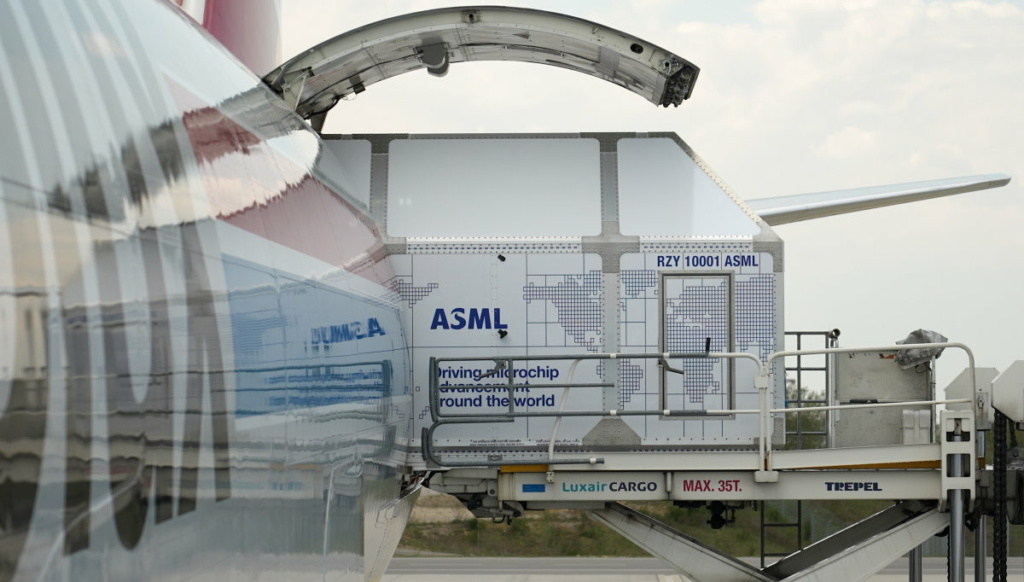
ASML’s customers are playing the waiting game
Climbing out of the semiconductor downturn is going to take longer than expected, ASML CEO Peter Wennink told analysts on a conference call discussing Q2 results. Until recently, his customers had been forecasting a recovery in the second half of the year. But inflation, rising interest rates and other macroeconomic uncertainties are proving more intractable than anticipated, pushing the upswing towards the end of the year. Furthermore, the shape and slope of the recovery remain uncertain.
As a result, ASML’s customers have been skittish about placing the orders that would fill up the remaining openings in the equipment maker’s 2024 order book. “In the near to medium term, customers remain cautious as they moderate wafer output to help lower wafer output to help lower inventory levels in the supply chain and to look to build confidence around the timing and the slope of the recovery,” Wennink said.
Wennink nevertheless trusts that demand – “firm” demand, in fact – is there, pointing to planned 3nm-node capacity expansions and ramp-up of 2nm manufacturing in 2025. “But I’d love to see all of that getting translated into orders over the next quarters.” Underlining his confidence that these orders will eventually crystallize, Wennink said he sees no reason to slow down his company’s capacity expansions. He stressed that long-term growth drivers are still in place, too.
As for the near-term malaise, Wennink said the contours of an inflection point may have become visible in the logic segment already, although it’s too early to say for sure. The memory sector has bottomed out but isn’t showing any signs of recovery.
Art
ASML’s order intake came in at 4.5 billion euros in Q2, up from 3.8 billion euros in the previous quarter but down from 8.5 billion euros a year ago. With system sales at around the 5.5 billion mark recently, that means the order book is shrinking. Standing at about 38 billion euros, however, it will take a long time before it sinks to worryingly low levels.
Customers, on the whole, are still keen to receive equipment as soon as it’s ready – if they can, that is. In EUV, shipments of several systems have been pushed out because of delays in fab readiness. As the US and Europe have taken to building their own fabs, the art of constructing such facilities in these regions hasn’t been perfected to the level seen in Taiwan and South Korea, Wennink explained. ASML’s year-over-year revenue growth in EUV has been revised to 25 percent, down from a previously communicated 40 percent.
DUV will more than make up for that, with ASML now predicting YoY growth of 50 percent in the non-EUV business, up from the previous estimate of 30 percent. DUV demand still exceeds supply, and thanks to an agreement with customers to forego certain testing procedures until after the tool has been shipped and installed, ASML is now able to recognize revenue in 2023 that was originally scheduled for next year.
Speculation
Ironically, given the recent finalization of Dutch export restrictions of semiconductor manufacturing equipment, demand for DUV tools was particularly strong in China. ASML attributed a quarter of systems sales (which are necessarily DUV tools due to the EUV export restriction) to Chinese customers in Q2, compared to 10 percent in the previous quarter as well as 10 percent in the same period last year. Note that ASML’s DUV business segment is a broad category, ranging from humble i-line scanners to advanced immersion tools and only the sale of the latter will be restricted per September under the new export rules.
The Chinese are investing in fabs to manufacture mid-critical and mature semiconductors used in electric vehicles, the industrial IoT and products supporting the energy transition – markets in which China is leading and that are expected to boom in the reasonably near future. In the current geopolitical climate, Chinese companies “don’t want to rely on supply that comes out of China,” Wennink said, so “they’re going to build all those fabs themselves.”
According to media reports, the US is preparing additional export restrictions, barring ASML from selling older DUV equipment to half a dozen of Chinese companies. ASML’s CEO didn’t want to respond to such “speculation.”
Main picture credit: ASML





